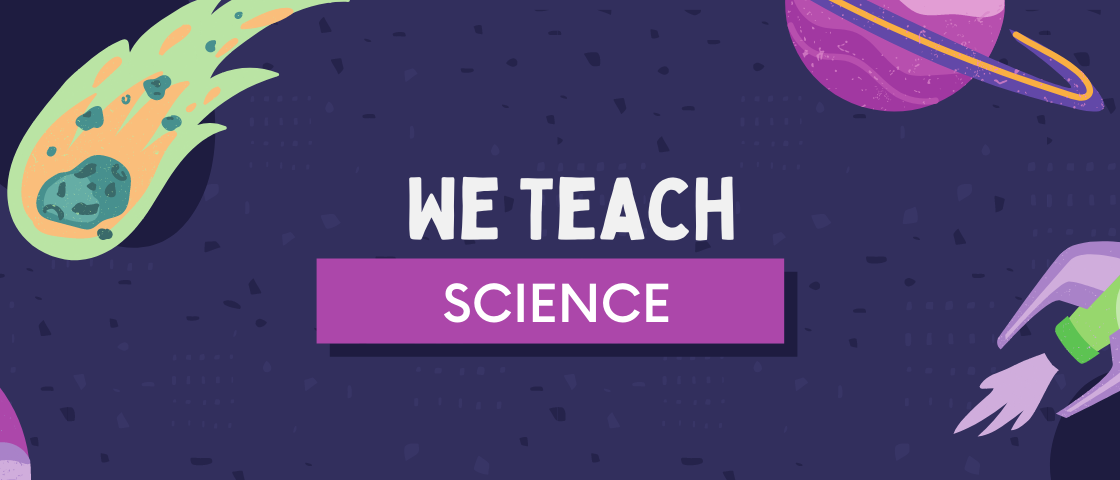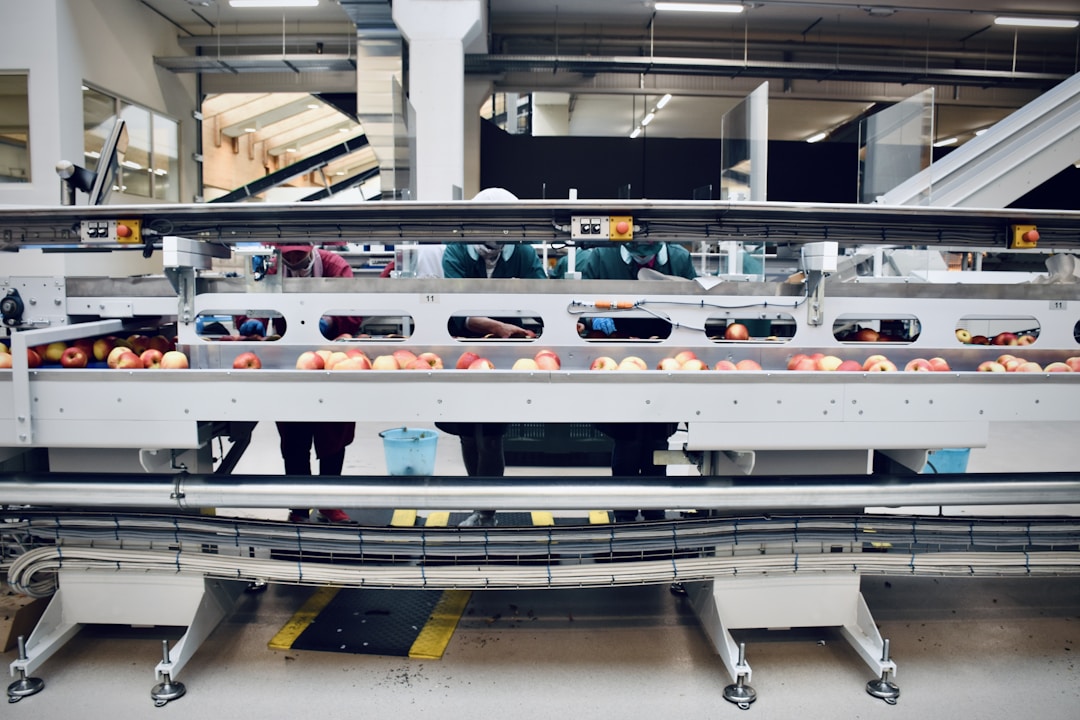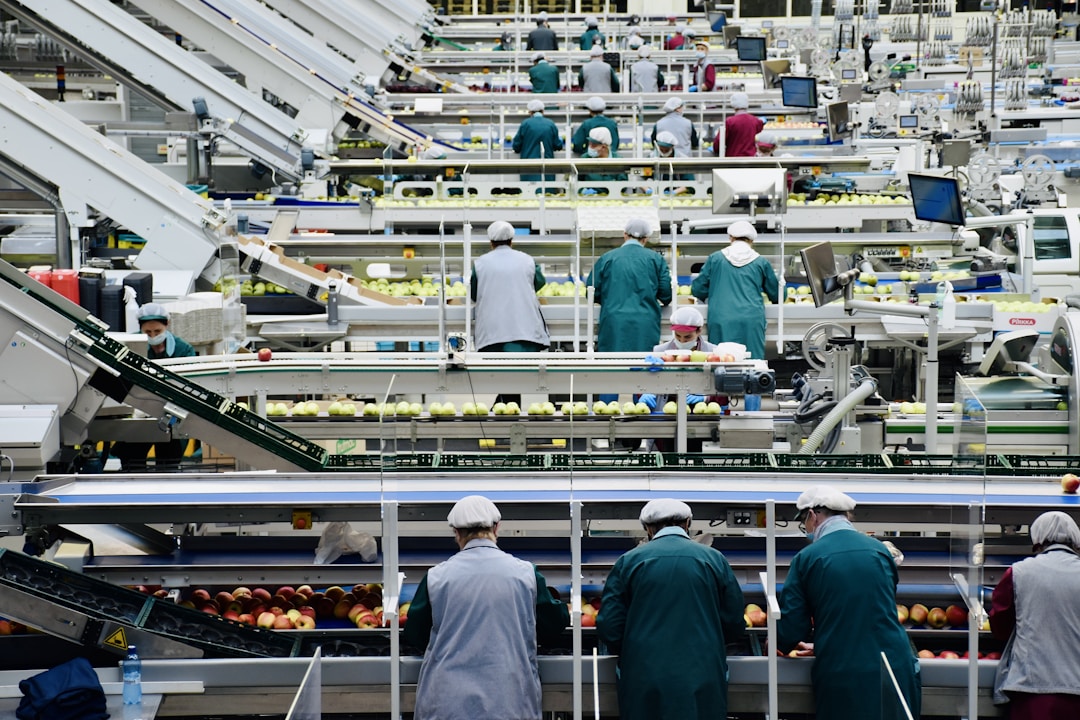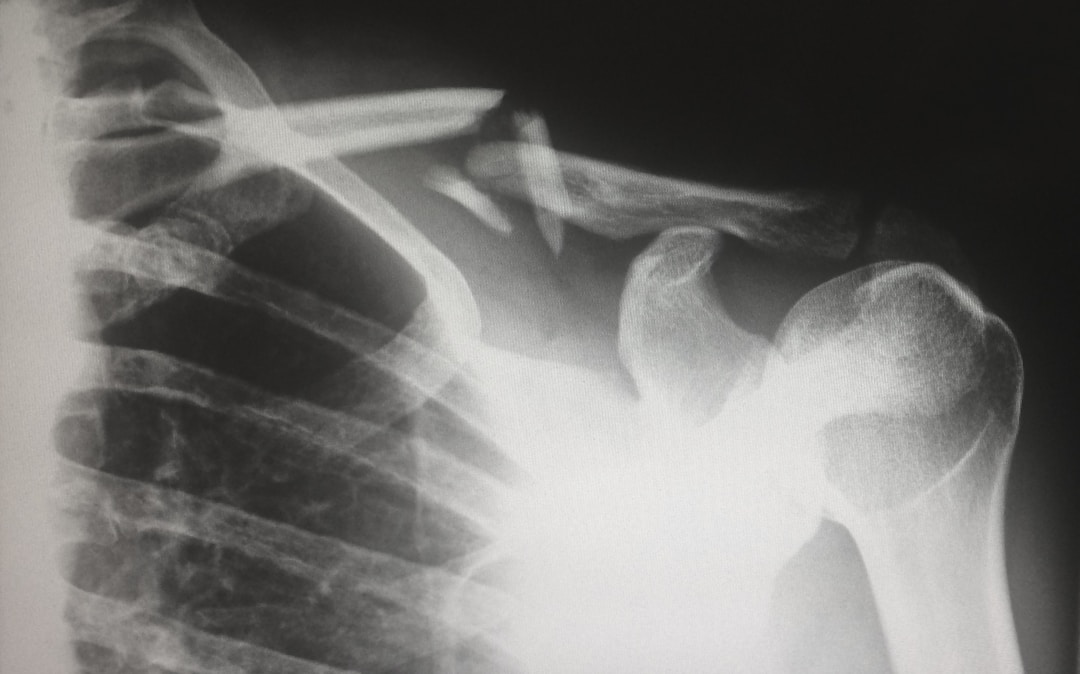Understanding Alyssa’s Law
In recent years, school safety has become a pressing issue, sparking dialogues on the necessity of sturdy legislative measures to protect students and staff. One such measure is Alyssa’s Law, named after one of the victims of a tragic school shooting. This legislation aims to fortify emergency response systems in educational institutions. Understanding Alyssas Law requirements, implications, and impact is essential for communities across the nation. Keep reading to delve deeper into Alyssa’s Law and its role in enhancing school safety measures.
Understanding Alyssa’s Law and Its Importance for School Safety

At the heart of Alyssa’s Law is the premise that swift communication in emergencies can save lives. The school shooting event in Parkland, Florida, in 2018 highlighted critical weaknesses in school safety protocols and led to the creation of the law. Its primary purpose is to address these gaps by ensuring schools are equipped with silent panic alert systems that are directly linked to law enforcement.
The importance of Alyssa’s Law cannot be overstated, as it directly impacts the ability of schools to respond quickly to life-threatening situations. By facilitating immediate notification of local authorities during a crisis, the potential for harm can be greatly reduced. Furthermore, the law serves as a beacon, urging schools to prioritize the implementation of robust security measures.
The law carries both symbolic and practical weight. Symbolically, it honors the memory of the lives lost by taking action to prevent future tragedies. Practically, it sets a precedent for states to legislate school safety more assertively. To date, several states have embraced the law, each adapting it to its unique statutory framework.
How Alyssa’s Law Affects Emergency Response Protocols in Schools
Alyssa’s Law is transforming the way schools approach emergency response protocols. With the mandated panic alert systems, schools are required to have a direct line to law enforcement agencies at the touch of a button. This change means that response times can be significantly decreased in emergencies such as active shooter situations or other high-stakes incidents.
The ripple effect of this legislation is apparent in training and drills within schools. Faculty, staff, and students must be educated on the new panic alert systems and taught how to respond when they are activated. It also necessitates that schools reassess their lockdown procedures, evacuation routes, and communication strategies within the school and with external authorities.
On a broader scale, Alyssa’s Law necessitates a cultural shift within educational institutions. Safety and preparedness must become ingrained elements of school environments. Consequently, this requires not just infrastructure changes but also an investment in training and education to ensure the community is equipped to handle emergency situations effectively.
The Role of Technology in Complying With Alyssa’s Law

The role of technology in the context of Alyssa’s Law is pivotal. Advanced panic alert systems leverage the latest technologies to provide seamless and instantaneous communication with emergency personnel. These high-tech solutions range from mobile applications to integrated hardware devices that can be activated discreetly and quickly.
Schools are exploring various technological options to comply with the law’s requirements. Some are adopting wearable tech that allows teachers to activate alarms without drawing attention. Others are incorporating systems that can automatically lock doors, send alerts, and provide real-time updates to everyone on campus.
Moreover, the data capabilities of modern technology mean that schools can provide vital information to first responders, such as the location of the alert, the number of potential victims, and the nature of the emergency. Such information can be a crucial determinant of the response strategy and can significantly affect the outcome of the crisis.
As educational institutions upgrade their tech infrastructure, they must also consider data privacy and cyber security issues. The integration of new systems must be balanced with the protection of sensitive information and the prevention of unauthorized access, which could lead to safety vulnerabilities.
Alyssa’s Law represents a proactive and necessary stride toward better-protecting students and educators in schools. Through the prompt implementation of advanced security systems and by fostering a culture of preparedness, schools can create safer educational environments. Ensuring compliance with the law not only honors Alyssa’s legacy but also reflects a community’s commitment to the well-being and future of its children.






























